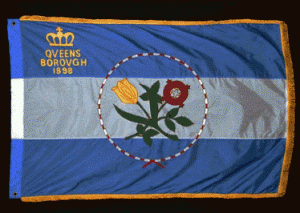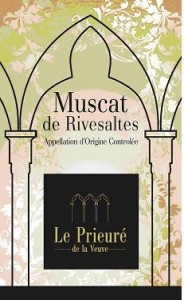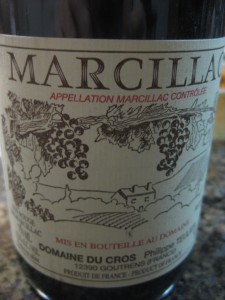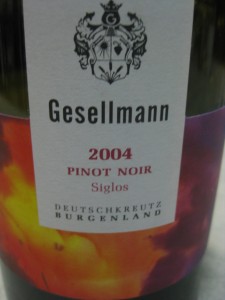Undervalued White
Chenin Blanc might be the most undervalued white out there. It’s a grape that can age 100 years (no exaggeration), has amazingly complex flavors and has lots of great bottles for under $15. Trouble is, only a few regions grow this grape and they’re all huddled up together in northern France and are still 3 hours outside of Paris. Certainly not the easiest place to visit.
Steen from Africa
Fortunately, South Africa and California are taking up the reigns so it doesn’t require a plane ride to Paris and a three-hour road trip through bucolic hills. Sounds awful, I know. South Africa especially churns out exceptional value under the label “Steen,” which sounds a lot more like a beer than a wine. Nevertheless, Steen = Chenin Blanc, and the Africans are doing wonders with it. Plenty of good ones exist right under your nose, such as one of my staples from Man Vintners that shows up on Fresh Direct for $7.
Welcoming Wine
Today’s wine properly clobbered Man Vintners in the complexity category, even though there’s plenty more Man Chenin Blanc to be purchased. It’s just that this French Chenin Blanc was the perfect occasion to celebrate a home-coming and a reunion of sorts.

See, last year on birthday #29, the Zapatos had brought a bottle of wine to the rooftop celebration. And this wine stood out in my mind so much that I saved the bottle, looked up Vouvray on a map and went around asking town asking for the wine. We may have even discussed purchasing a case that evening up on the roof. Regardless, the case never found its way to my cellar (read: plastic tub in the basement locker) and another year passed.
Best Borough in NYC
Then, the Zapatos move to the best borough in NYC and invited this wino over to the house because that’s what neighbors do, and we’re now one neighborhood away. So I stopped over and was treated to frisbee, Shaun Tan’s The Arrival (a great read if you have time), and a bottle of the Vouvray you see above.

Taste
Surprisingly sweet to the taste, there’s a lot of action happening in this wine. Starts off like green apples, but gets that sweetness in the middle like membrillo paste and then backs off the sweetness on the end. Sorta like Mohammed scaling his mountain and heading back home, never the same. Really delicious and complex.
Detail Up!
2008 François Pinon Vouvray “Cuvée Tradition” from Vouvray, Loire Valley in France
Random Googles:
* Vouvray, Savennieres and Montlouis – three of those places in the middle part of the Loire valley that made Chenin Blanc famous in France.
* The importer who brought today’s wine to the USA passed away this week. All the more fitting to be drinking his wine as a tribute.
* Some ampelographers think Chenin Blanc is one of Sauvignon Blanc’s parents.





